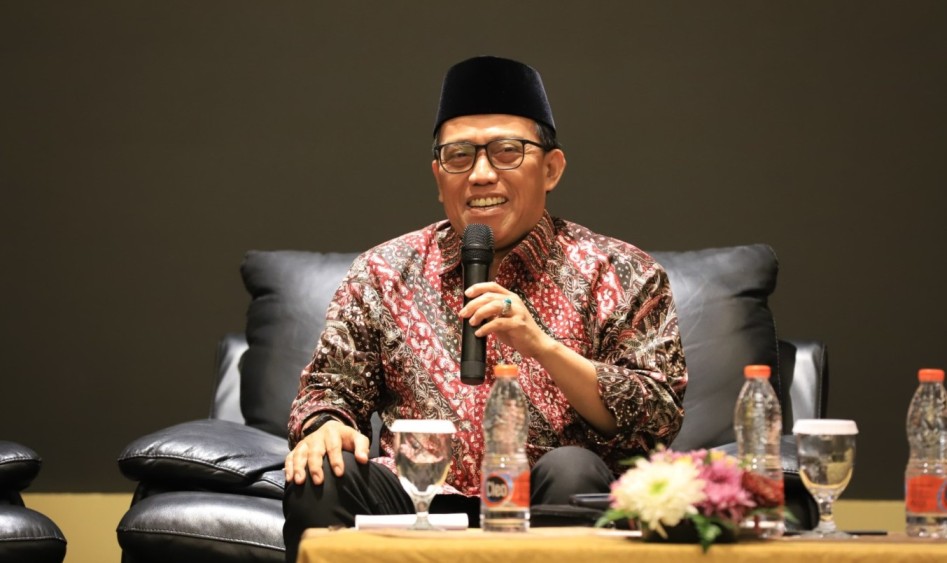World Bank lowers economic projection for East Asia 2022 to 5 pct

Jakarta (Indonesia Window) – The World Bank has lowered its projection for East Asia and Pacific economic growth in 2022 to five percent in April 2022, from 5.4 percent in October 2021.
“The mixed shocks led us to lower our growth projections quite significantly, so the most likely growth is five percent on average,” World Bank East Asia and Pacific Chief Economist Aaditya Mattoo said in a monitored media briefing here on Tuesday (Apr. 5).
The shocks are the prolonged COVID-19 pandemic, the war between Russia and Ukraine, high inflation in various countries, tightening of the monetary policy in the United States (US), and a structural slowdown in China.
If the global conditions worsen and national policy responses are weak, Mattoo estimates regional growth could slow to four percent in a bad scenario.
China, which accounts for 86 percent of regional output, is expected to grow by five percent in 2022 or four percent in a bad scenario.
The output of the rest of the region is expected to increase to 4.8 percent in the initial scenario or 4.2 percent in the downturn scenario.
In the downward scenario, additional six million people will remain in poverty in 2022 with a poverty line of around 5.5 U.S. dollars per day.
Therefore, he also said that there are four actions that countries in East Asia and the Pacific can take to mitigate the economic downturn caused by these various shocks, namely to support specifically targeting households and companies.
“A more well-targeted support for vulnerable communities in the region could provide a major poverty reduction boost with the same budget,” he said.
The next mitigation step is to help identify the various risks that develop behind the veil of regulatory tolerance from various financial institutions that withstand pressure.
Mattoo added, the third mitigation measure is to reform policies related to trade in goods and service sectors that are still protected, and enable countries to take the advantage of movements in the global trade landscape.
Then the fourth step is to improve skills and increase competition which would be able to strengthen capacity and incentives in adopting new digital technologies.
Reporting by Indonesia Window

.jpg)








